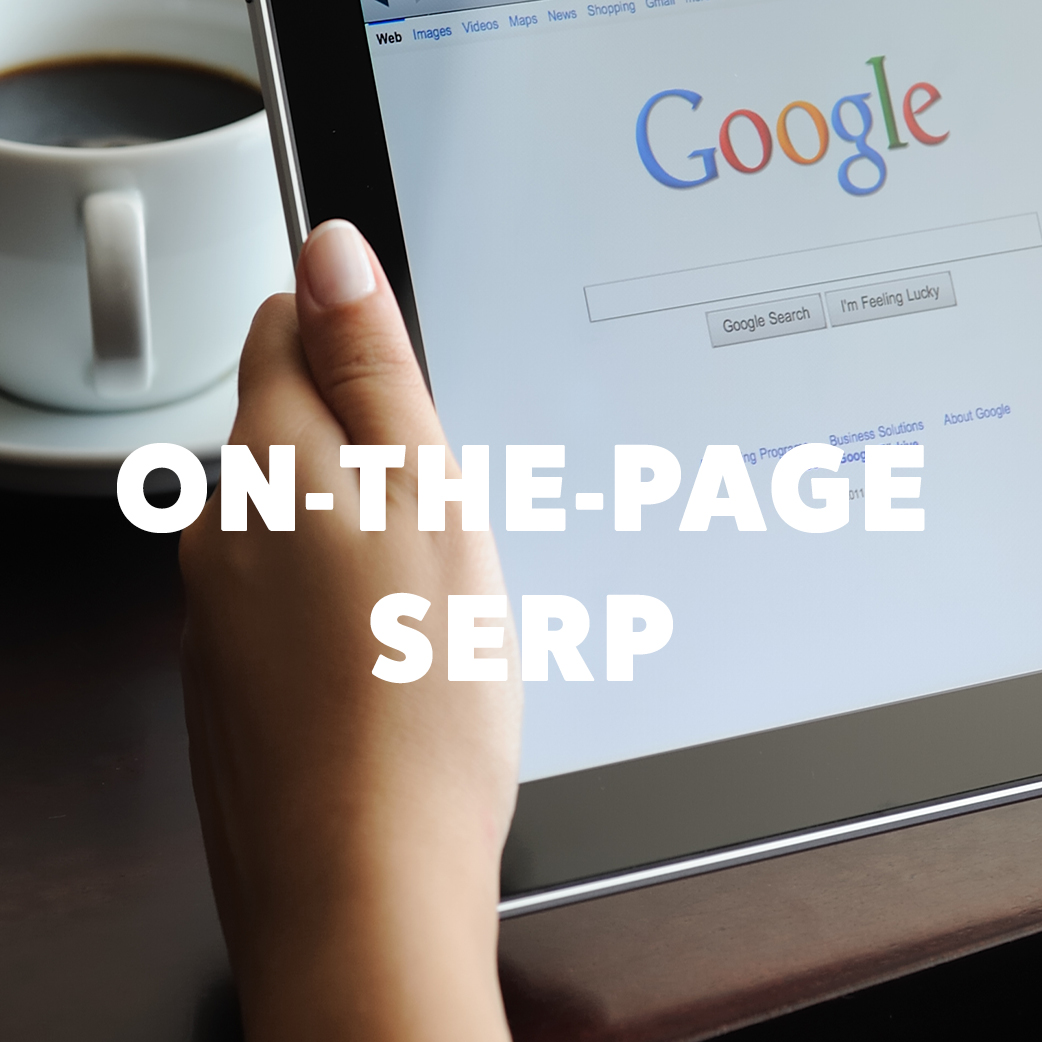
Likes, the universe & Everything
What is the future of content?
The wild and wonderful minds of The Studio have come together to ponder and to postulate about the future of content, design and everything else. The following are our hopeful dispatches for the future of storytelling.

no. 1
Create
Shortly thereafter, at least in the cosmic sense, content creation began.
Art was born in 538,000 B.C.E. when a crafty member of Homo Erectus used a shark tooth to make a shell carving. By 600 B.C.E.the walls of Pompeii played host to graffitied political ads. Around 1440, Johannes Gutenberg inventedthe movable type printing press and brought culture and knowledge to the masses.
Everything changed.
In 1969 the first computer-to-computer communication was sent.
Email was born and the digital era shuddered into its infancy.
Everything changed. And nothing changed.
Which brings us to 2018. Where content is ubiquitous. Infinite. Essential.
We’re still storytellers. But we’ve learned a few new tricks.
Changing mediums have altered how we create stories, but not WHY, AND NOT what doing so can achieve.
The story is one of the fundamental building blocks of culture.
Stories can:
Teach & Explain | Persuade | Entertain
What we (AT CSG) do now:
Logos + Branding
Video
Audio
Animation
Content. (All of the content)
Print + Digital documents
Infographics
Advertising
Websites
But What is next for creation?
Design is the process of curation with purpose. Graphic design deals with curating the visual to express a purpose, such as selling that sandwich or making sure people don't fall in the gap between the train and platform. Interior design deals with the layout of physical spaces. Industrial design shapes physical items to be more useful or pleasant to use. We are all designers in a sense, as we arrange the items, people and circumstances in our lives.
If we are to influence the lives and decisions of others, we must interact and utilize the items, people and circumstances that those people have chosen, in their own lives, to interact with. Our language has to be authentic and timely.
And, for the love of needless alliteration, we've identified and named three pillars:
VERY IMPORTANT CASE STUDY*
*Spoiler alert: it's about A24


No. 3
act
It's all about the feelings
The what of content is what we create. The how of content is how we access it. And these two things are changing at warp speed.
But the why of content hasn't changed in forever. Emotions have always inspired content and determined how effective it is. If we don’t tap into emotions, our content gets nowhere, no matter how cool the platforms or formats are.
And at the heart of any successful content is trust, especially for Millennials who already account for an estimated $1 trillion of U.S. current consumer spending.
Trust is more important than ever before
- 43% of millennials rank authenticity over content when consuming news.
- 33% of millennials rely mostly on blogs before they make a purchase.
- 62% of millennials say that if a brand engages with them on social networks, they are more likely to become a loyal customer.
- 75% said that it's either fairly or very important that a company gives back to society instead of just making a profit. source
the future is here: content TRENDS AND THEMES
If trust is the foundation, here are some of the content trends and themes that are already driving strategic communications
- Purposeful Content
- Content that's authentic and transparent in capturing a brand's mission and values - specialized agencies like Conspiracy of Love are helping brands identify and communicate their purpose
- Branded Audio
- 40% of Americans have listened to a podcast - Mastercard, Virgin Atlantic, Ad Age are already creating content for branded podcasts
- Conversational Content
- Whatsapp and Messenger each have 1.3 billion users - Whole Foods, Domino's and Nordstroms are creating content for messaging apps and chatbots
- Micro-Moment Content
- Those brief moments when you turn to your phone to learn something, do something, watch something, or buy something - companies are producing mobile-friendly content snippets that lead back to their sites
- Personalized Content
- Not segmenting people into broad groups but tailoring experiences with content that's relevant to each individual
HOW THIS FITS INTO Behavior Design
It's all about the feelings.
The Core Motivators in Behavior Design are emotions. Content can’t create these core motivators but we need to tap into them. And when we do, content facilitates the behaviors you, we, our clients want.
“Platforms will change - but human beings will always want stories. We will always need storytellers.”




















